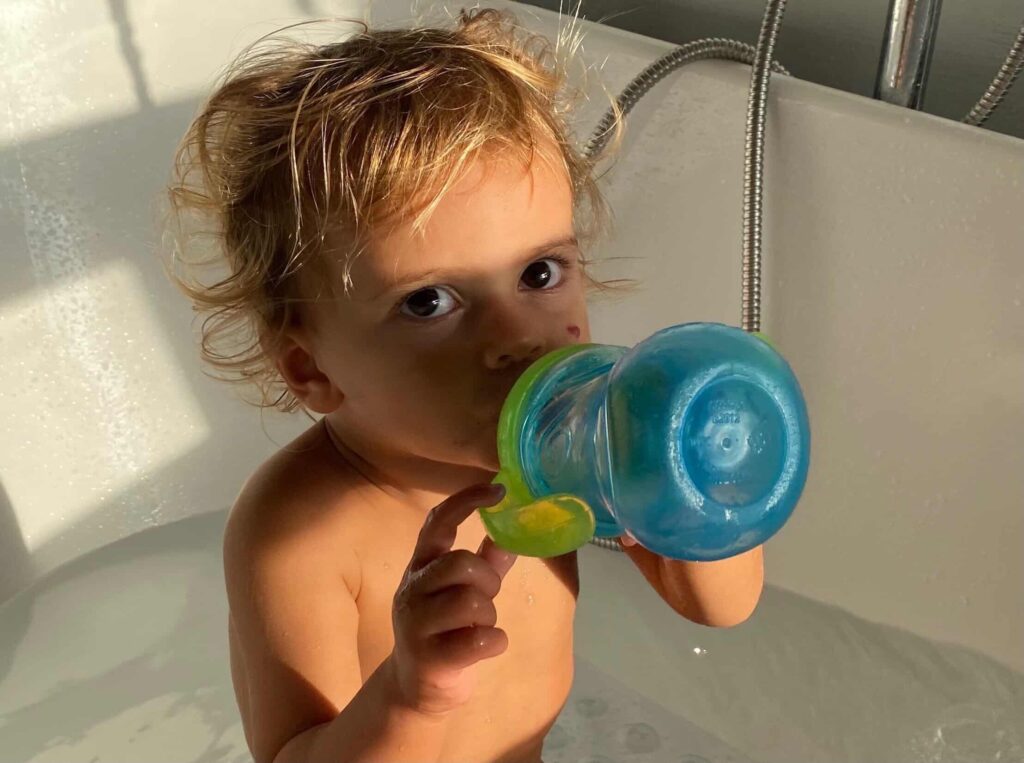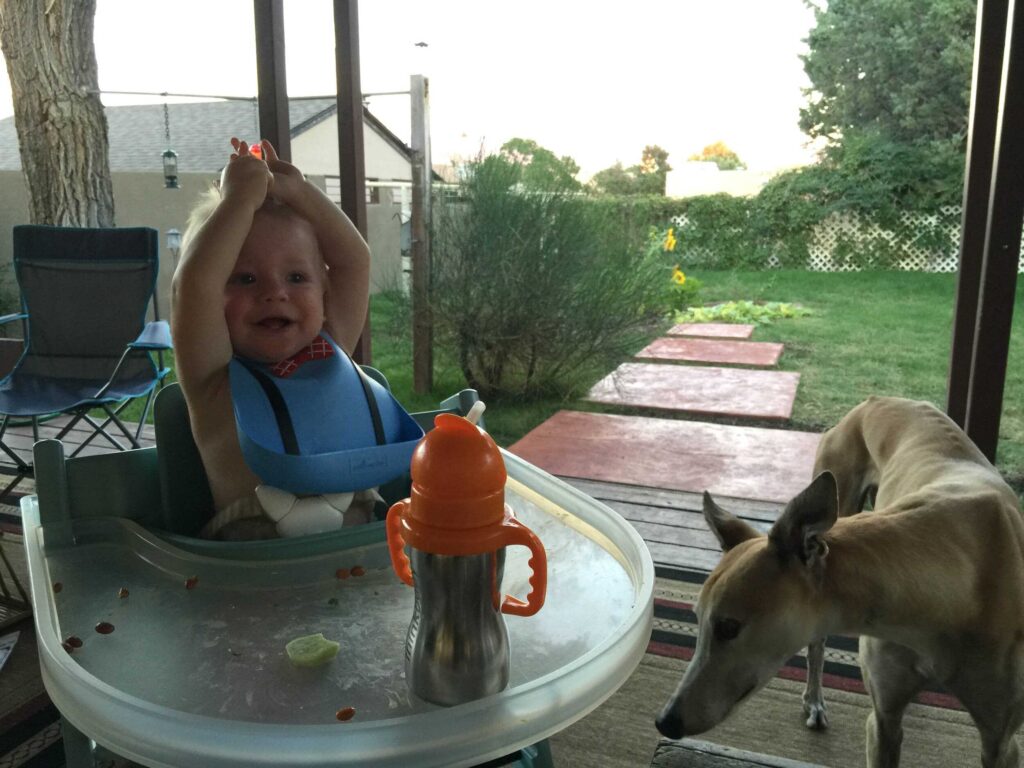Breast Basics

While transient mastitis may uncommonly occur in the later months postpartum and after one year, this is not the norm. Just as with early “mastitis,” that may not actually be mastitis, moms should be examined by a physician to confirm the diagnosis of mastitis. “Plugging” as it occurs in the early postpartum months does not generally occur in later months or one year plus. Particularly, moms nursing at several years postpartum should undergo physical exam and imaging studies if they feel a concerning new “plug” or mass.
Weaning from Pump
You can stop pumping if you want! This transition is very hard for some moms with demanding jobs who have spent considerable time separated from their infants. It’s also hard for moms of infants previously in the NICU, where numbers and growth were so important in the early weeks to months. However, at one year, your body has established breastfeeding so well that you simply can feed on demand at the breast. Your baby will be taking other foods, cow’s milk, and water, and does not need a bottle of breastmilk. However, if moms still wants to provide a bottle or two of pumped breastmilk, that also is fine. If a toddler is still taking in large volumes of breastmilk at the breast and/or bottle with lower consumption of iron-rich complementary foods, the toddler should be monitored for iron-deficiency anemia. Some breastfed infants may never like the taste of cow’s milk and other plant-based milks can be explored.

Weaning from the pump does not have to be complicated. If you have average milk production, you simply can stop pumping. You may or may not experience transient engorgement, which can be treated by ice, Advil, and Sudafed. If you have higher milk production, you may want to eliminate one pumping session every few days and only pump to comfort. Pumping only to comfort removes as little milk as possible and helps activate Feedback Inhibitor of Lactation (FIL) to downregulate production. As discussed in other sections, leaving a breast full does NOT cause mastitis and in fact works oppositely via fluid physiology and FIL.
Weaning a Baby
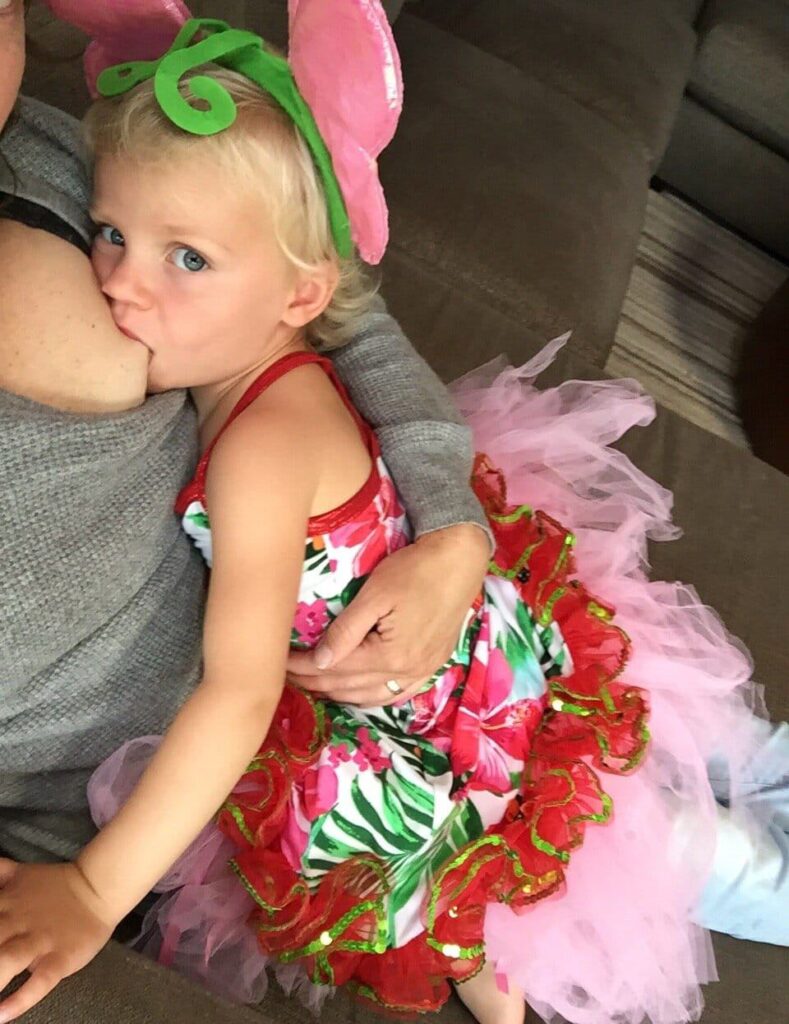
While moms are often told that breastfeeding is recommended for one year, the World Health Organization (WHO) in fact recommends breastfeeding for at least two years. Interestingly, many religious texts such as the Koran, Torah, and Bible also have passages that describe this as well. Natural human species weaning is closer to 3-7 years of age.
When moms do want to wean a baby earlier, I recommend weaning middle of the night feedings first (though baby might protest) because it at least gives mom the option for more sleep. Then, I recommend weaning from daytime feeds as babies and toddlers are more naturally distracted during the day. I usually then have mom wean morning/wake-up feed as baby is more easily distractible when there’s sunlight and a new day ahead.
Babies are often very attached to the bedtime feed and because moms tend to be more tired/frazzled by the end of the day, I wean this feeding last to allow mom the option to get the baby to bed easily! Many infant sleep guides will recommend that moms do not nurse an infant to sleep so the infant does not associate the breast with this. The problem with this approach is it can make a very young infant not associate the breast with comfort, which is important for long-term breastfeeding and epigenetic regulation of infant needs.
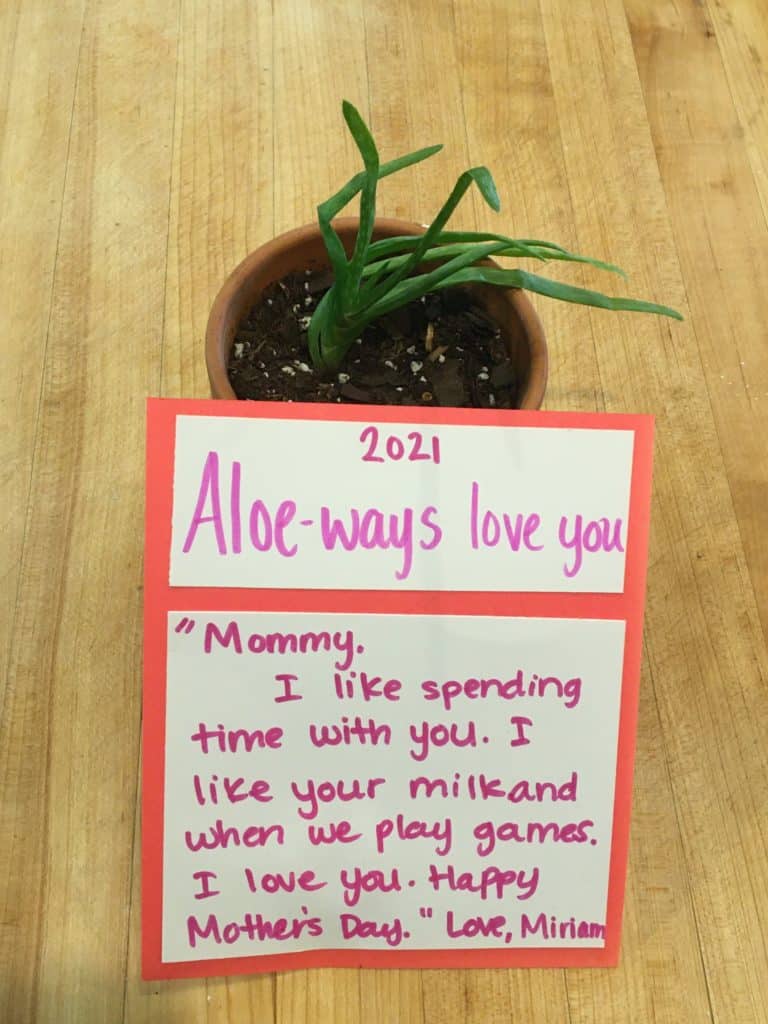
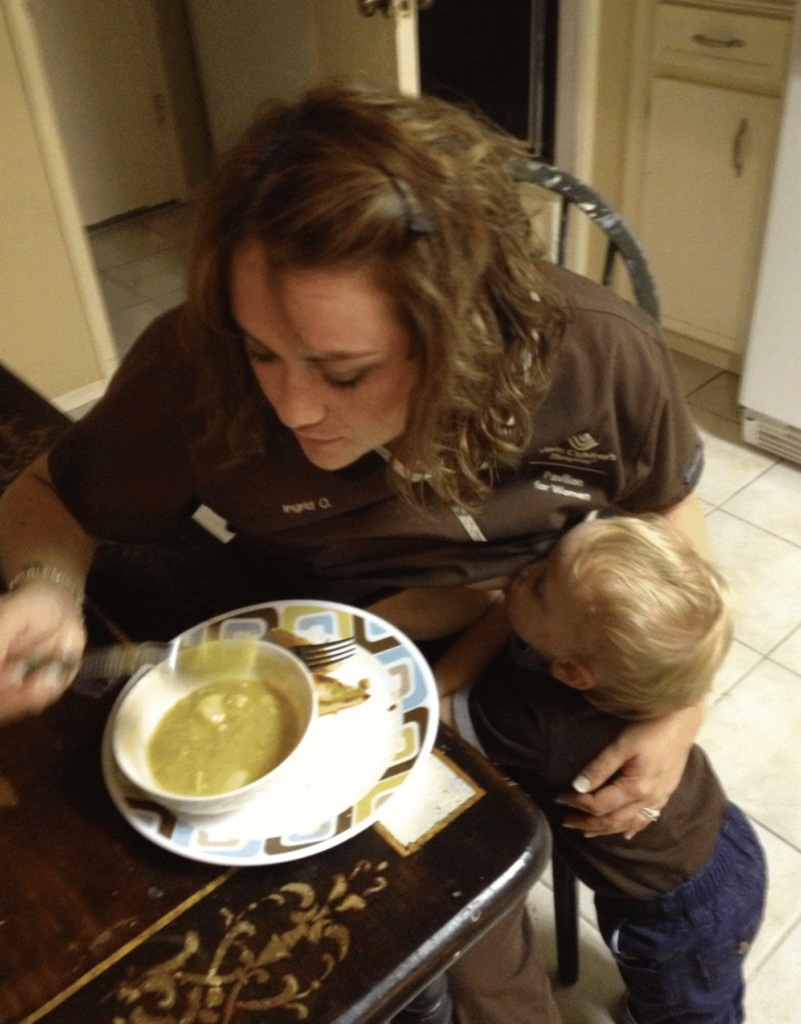

Stop Bottle Nipples
Breastfed babies have lower risks of dental malocclusion, which reduces even further with longer duration of breastfeeding. However, you want to transition babies away from bottle nipples at a year old if a baby is taking expressed breastmilk in a bottle. Straws (there are many silicone straws on the market these days) are good for developing oral motor function and can be introduced as early as the baby is ready (often around six months). Otherwise, cups and sippy cups can be used to take liquids as baby gets older.
